The Balerna diurnal therapeutic Centre Pro Senectute had a garden that its patients, who are aged people affected by cognitive disturbances, were prevented from enjoying it by several architectonic barriers. The garden, composed of two levels placed at two different heights, was abandoned. Cognitive disturbances distort the capacity of orienting oneself in space and time and the faculty of discerning shapes and colours; ageing and its connected pathologies bring about a progressive decrease of self-sufficiency, and, as a consequence, of mobility skills.
Sensory Garden Balerna
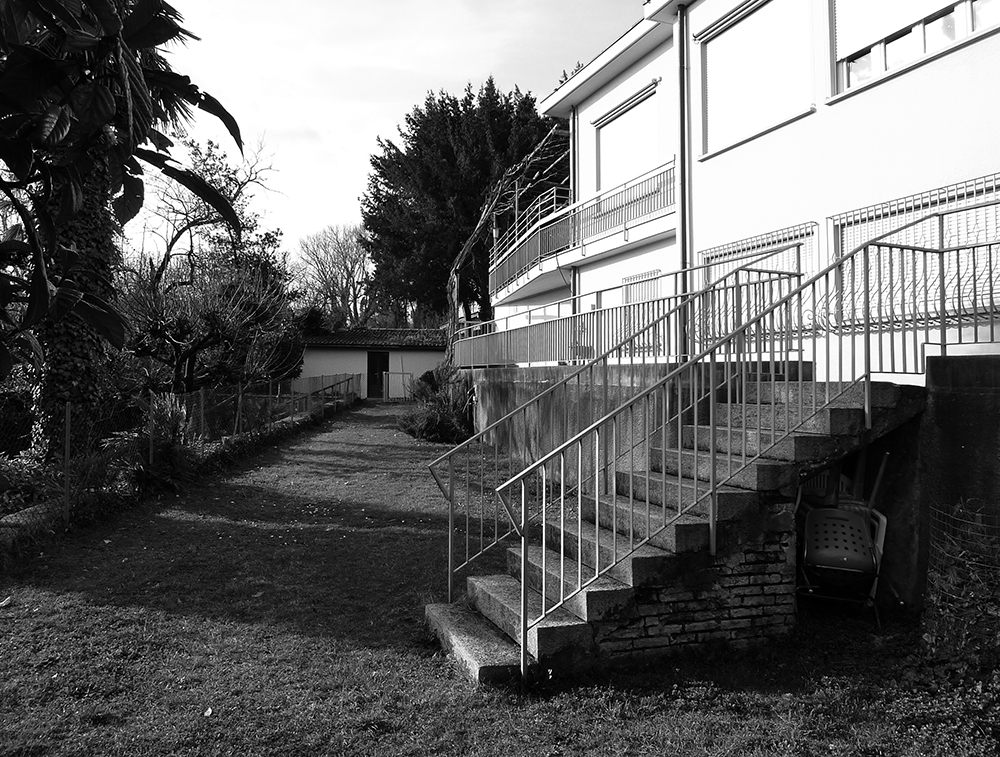
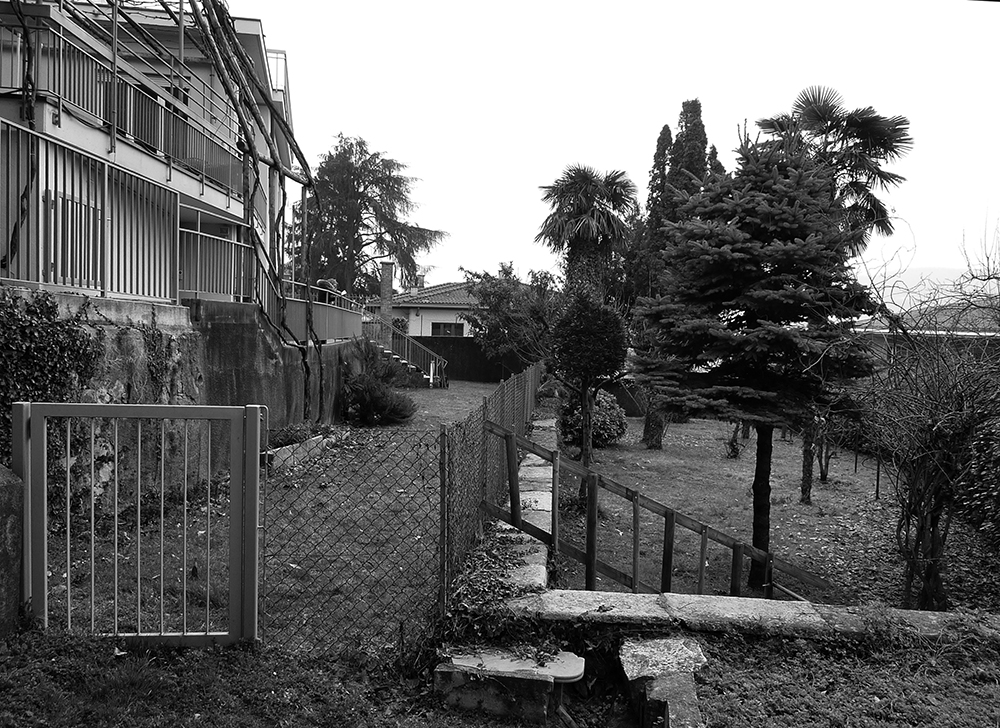
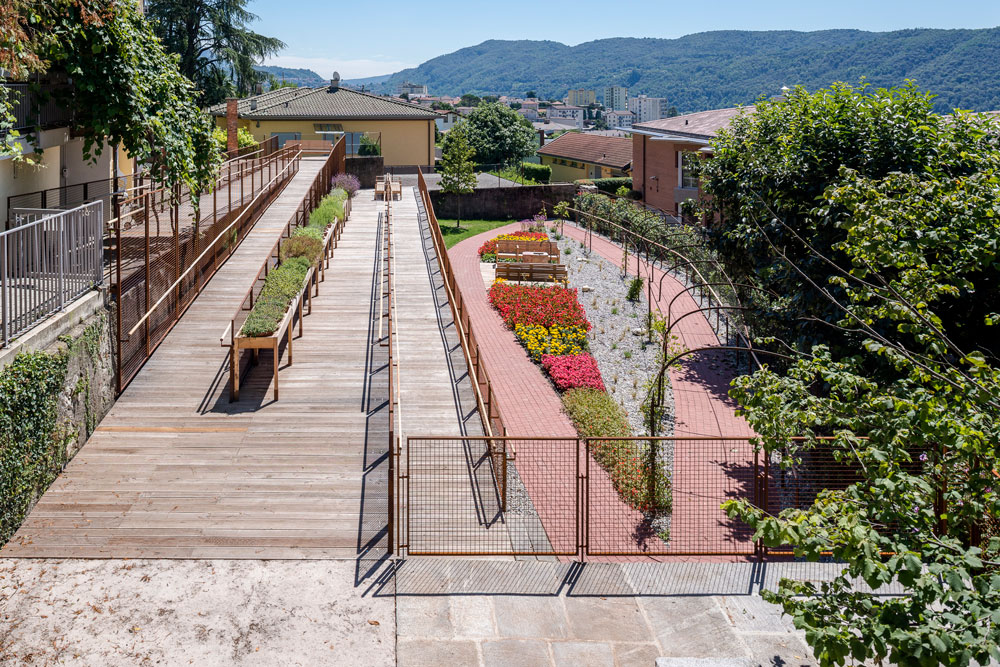
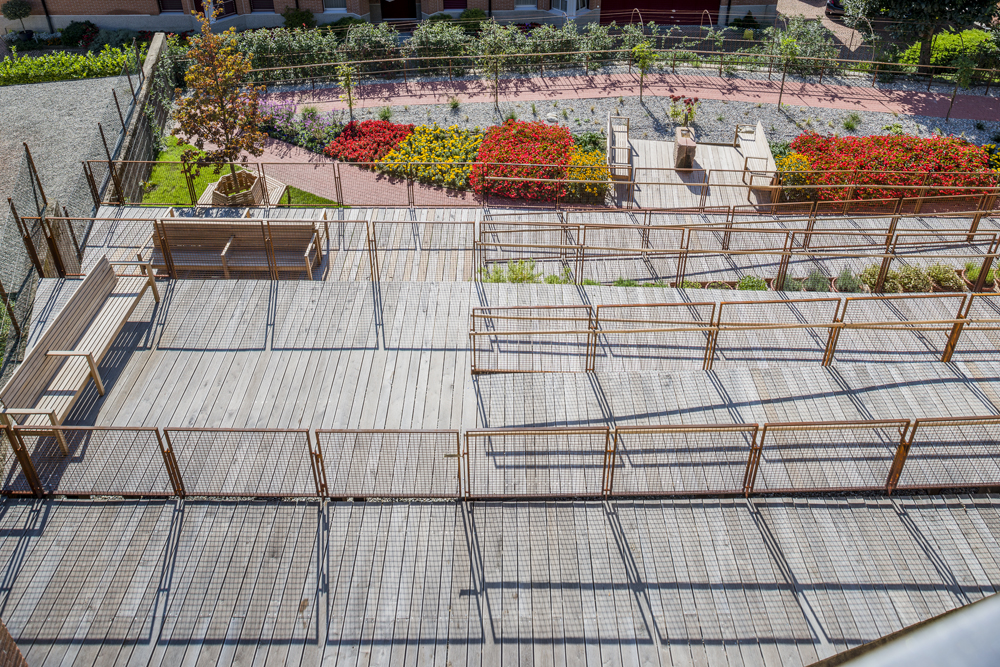
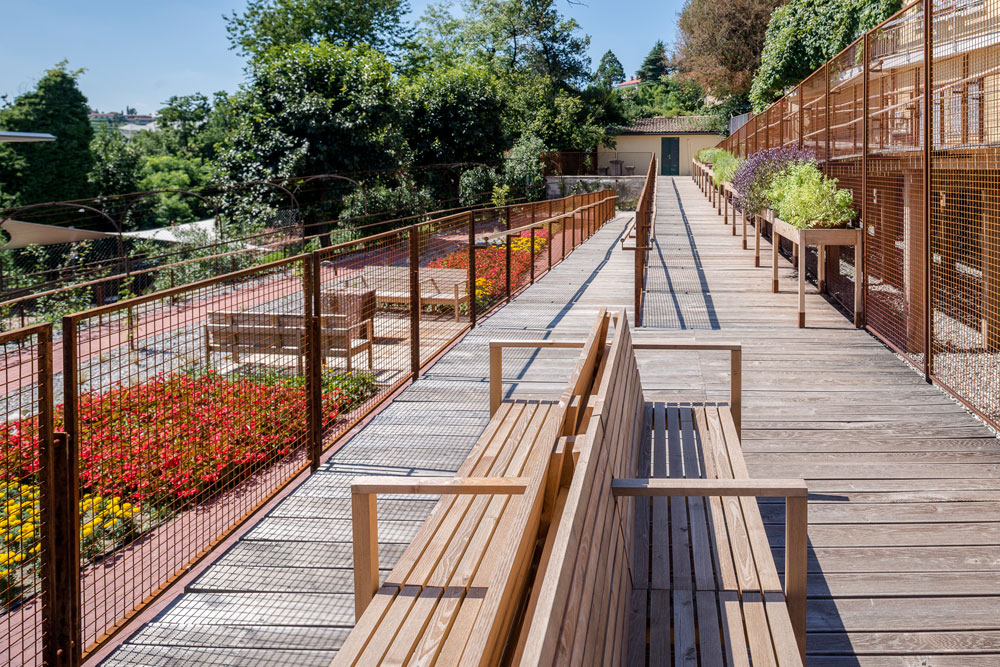
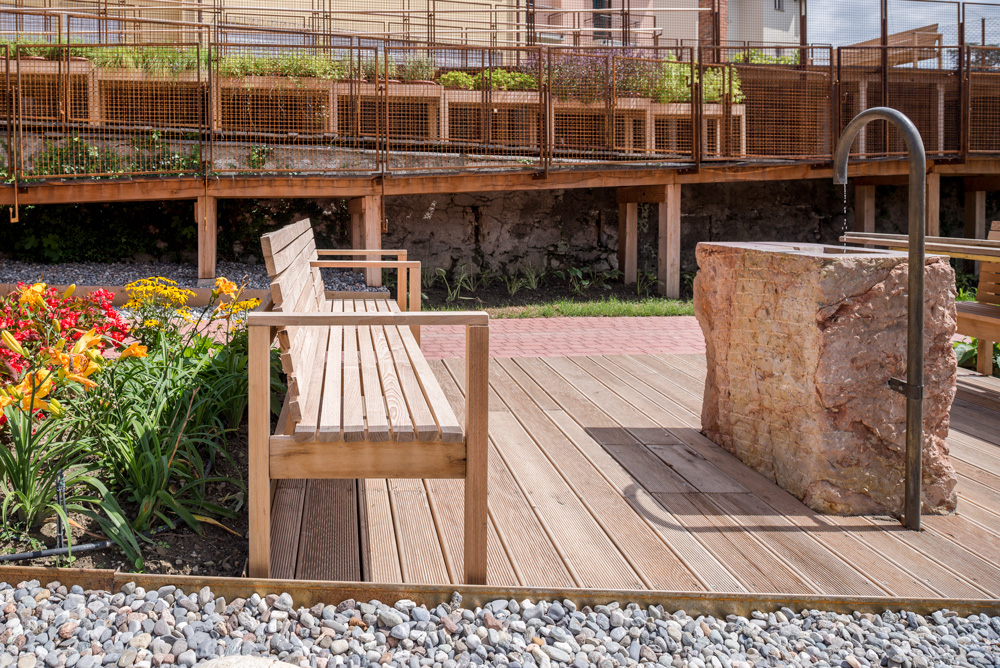

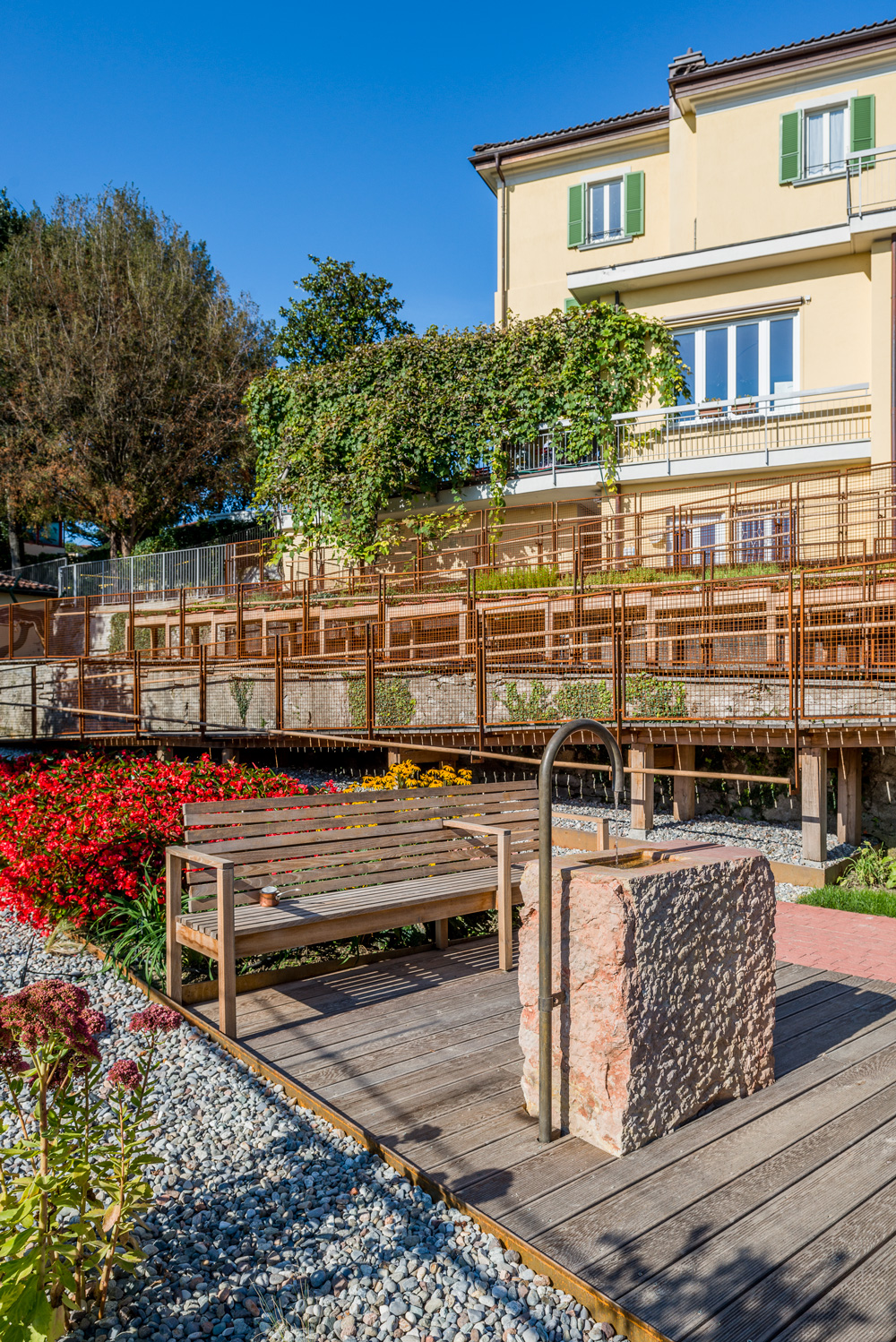
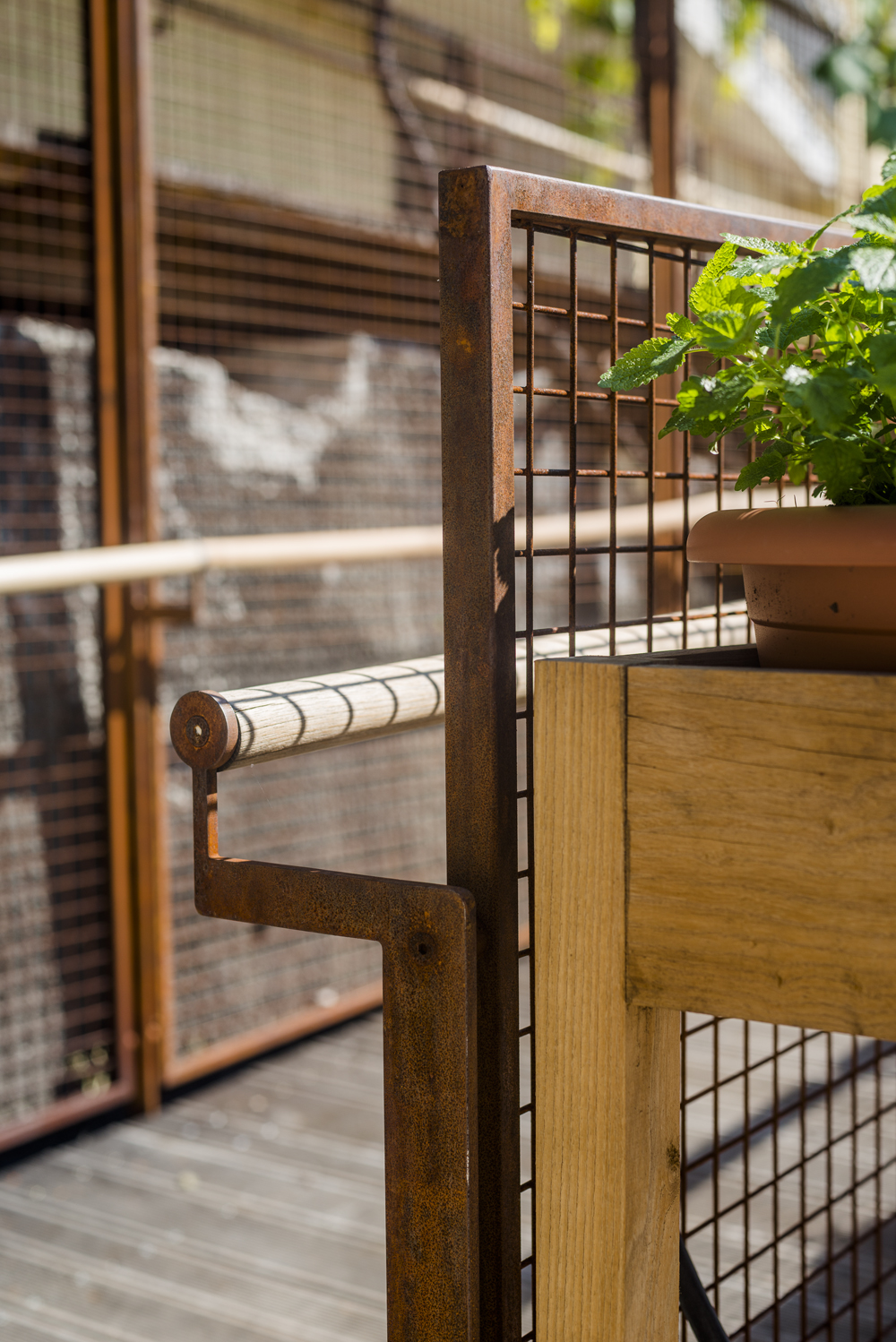

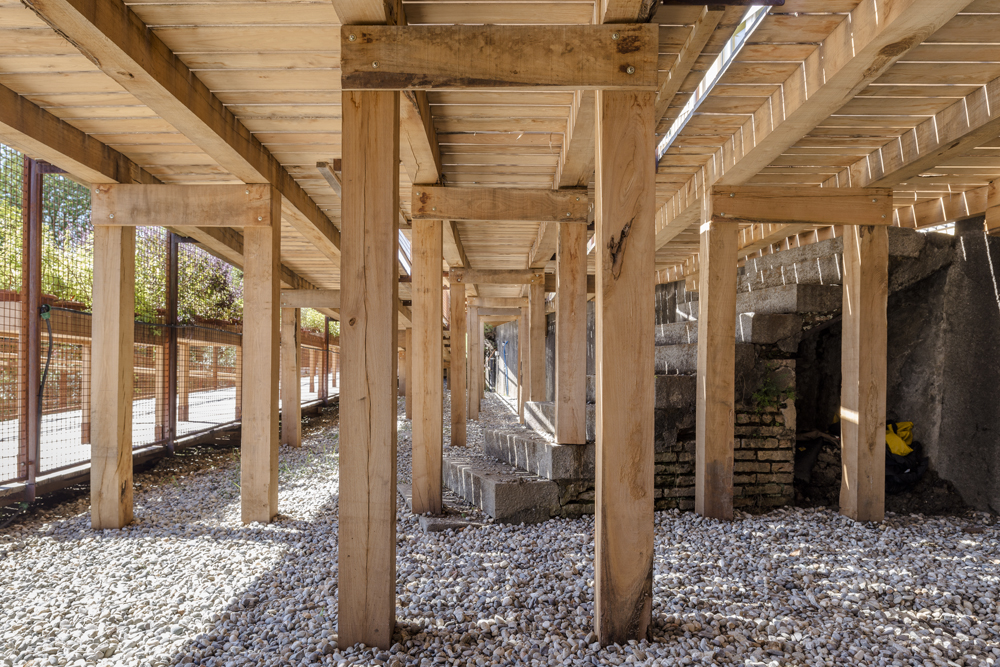
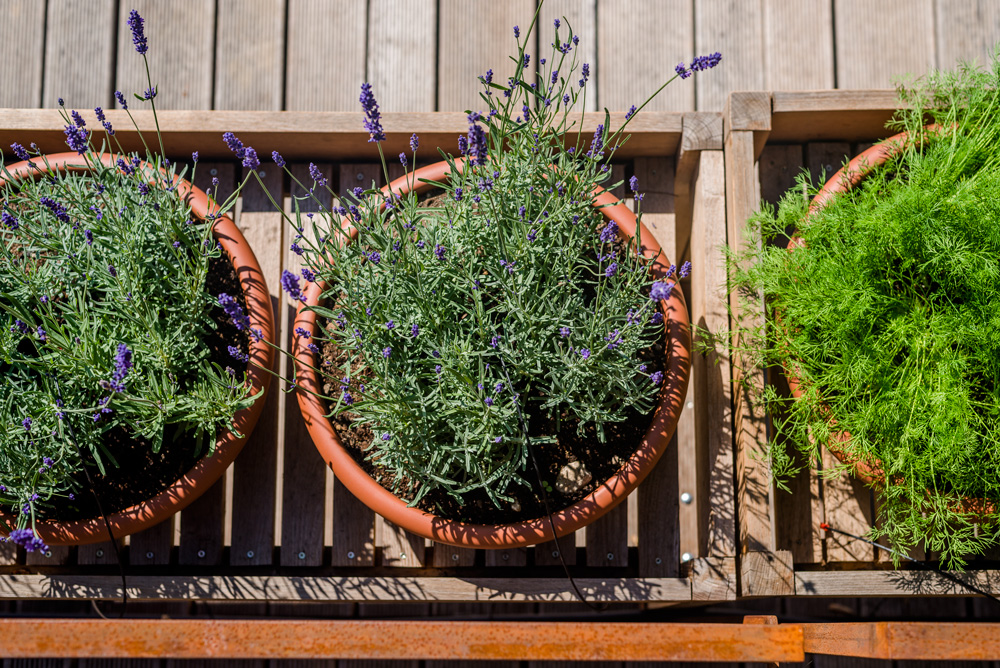

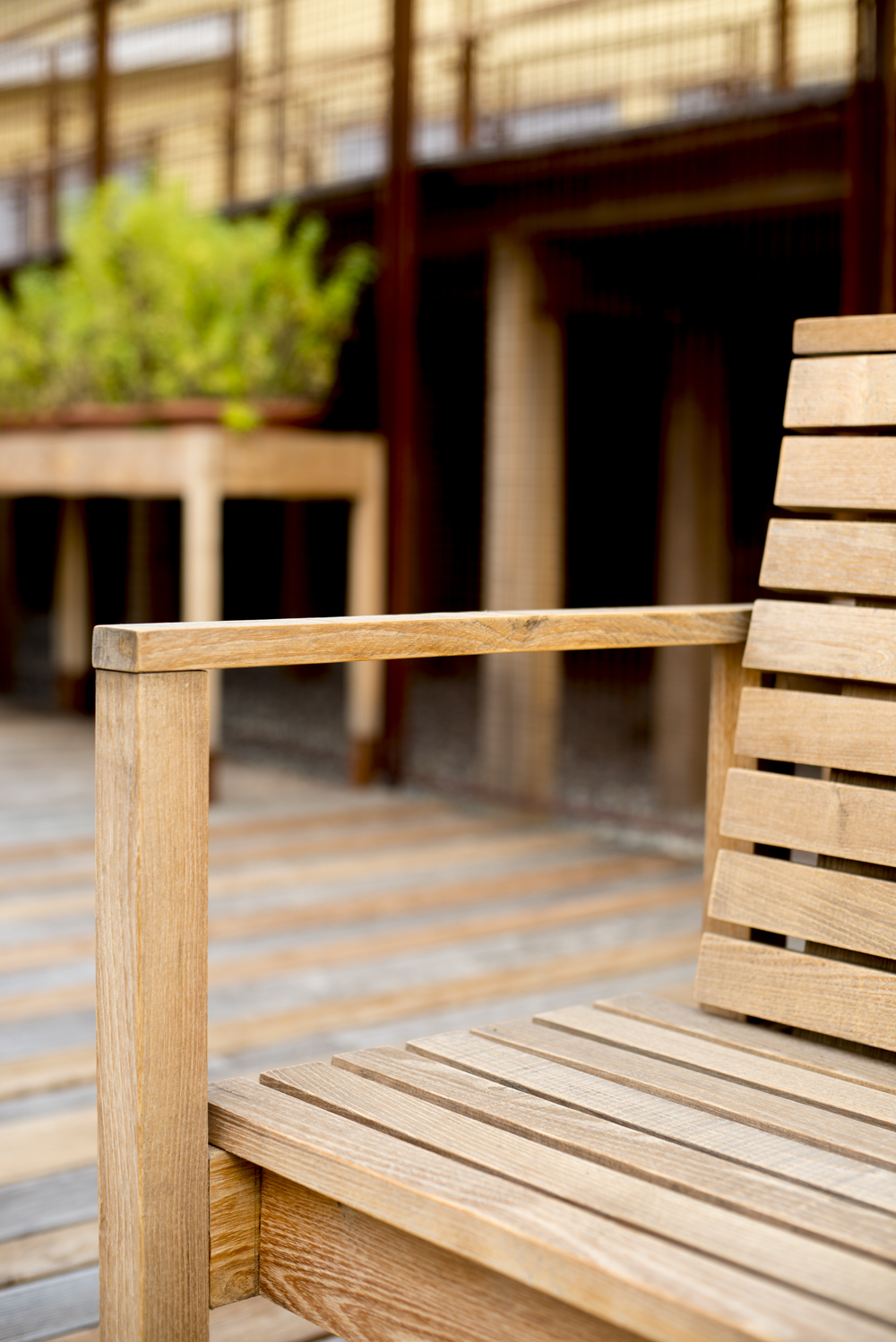
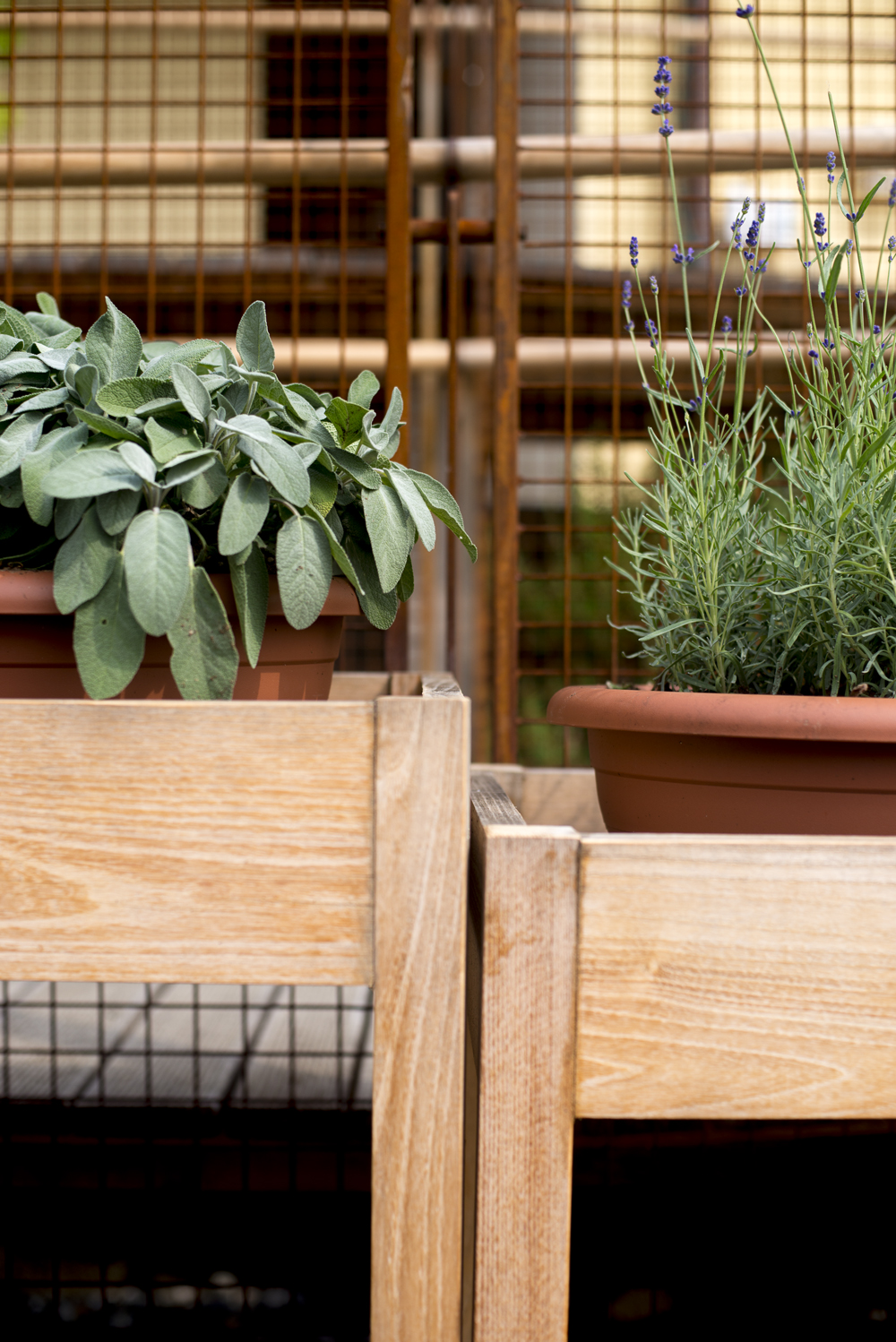
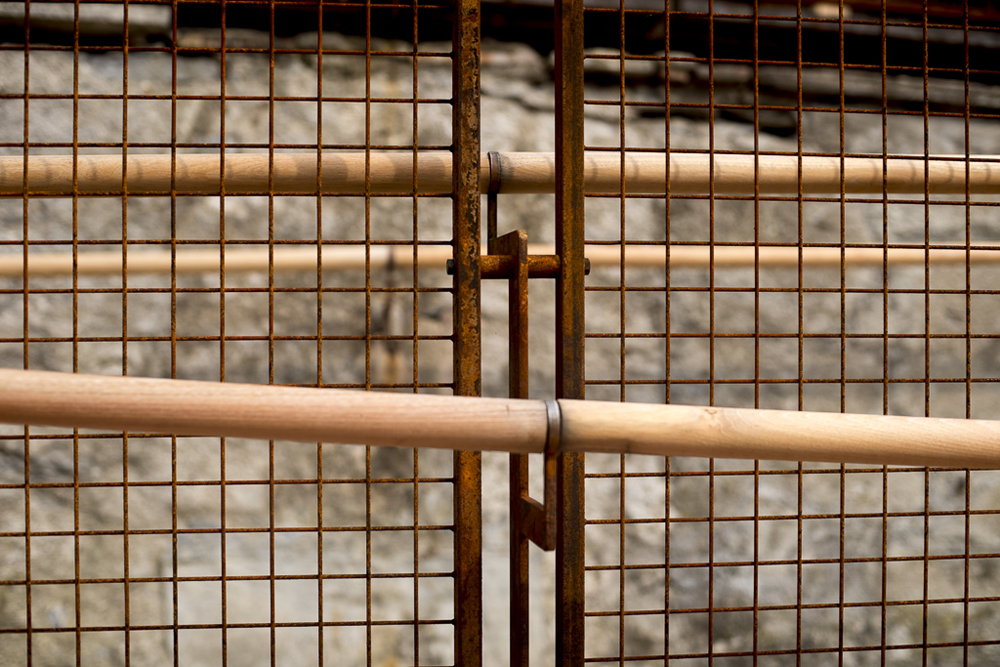
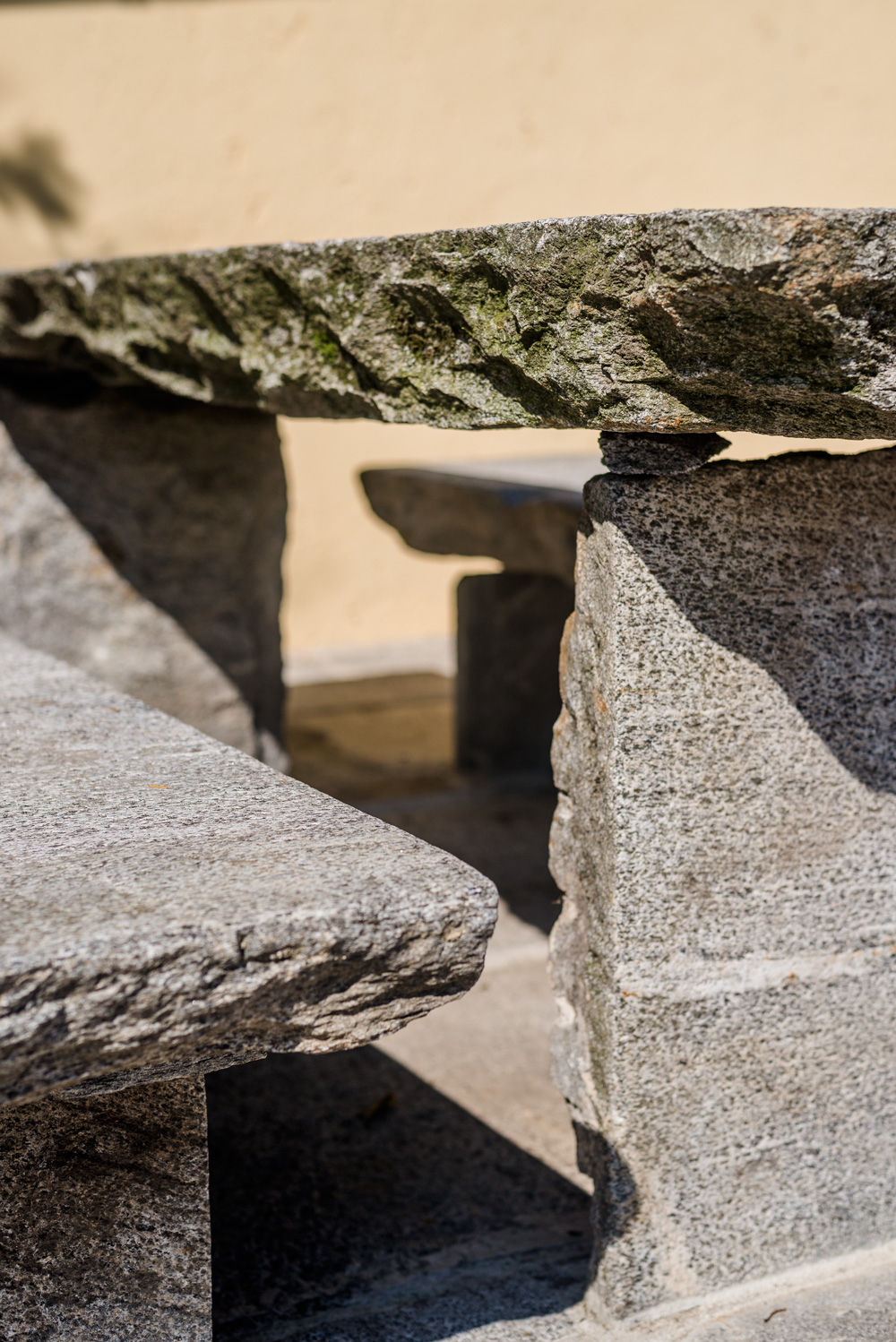
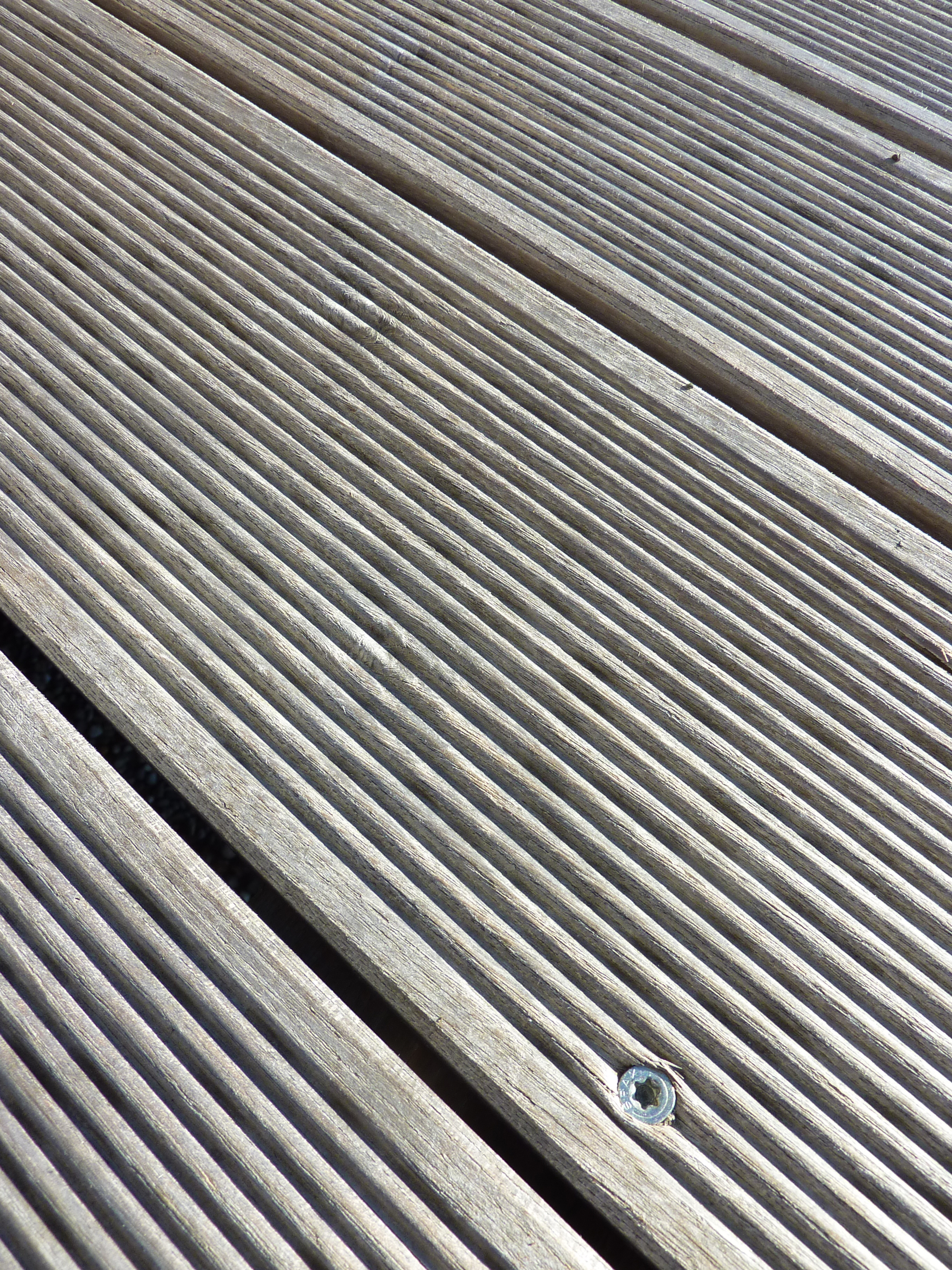
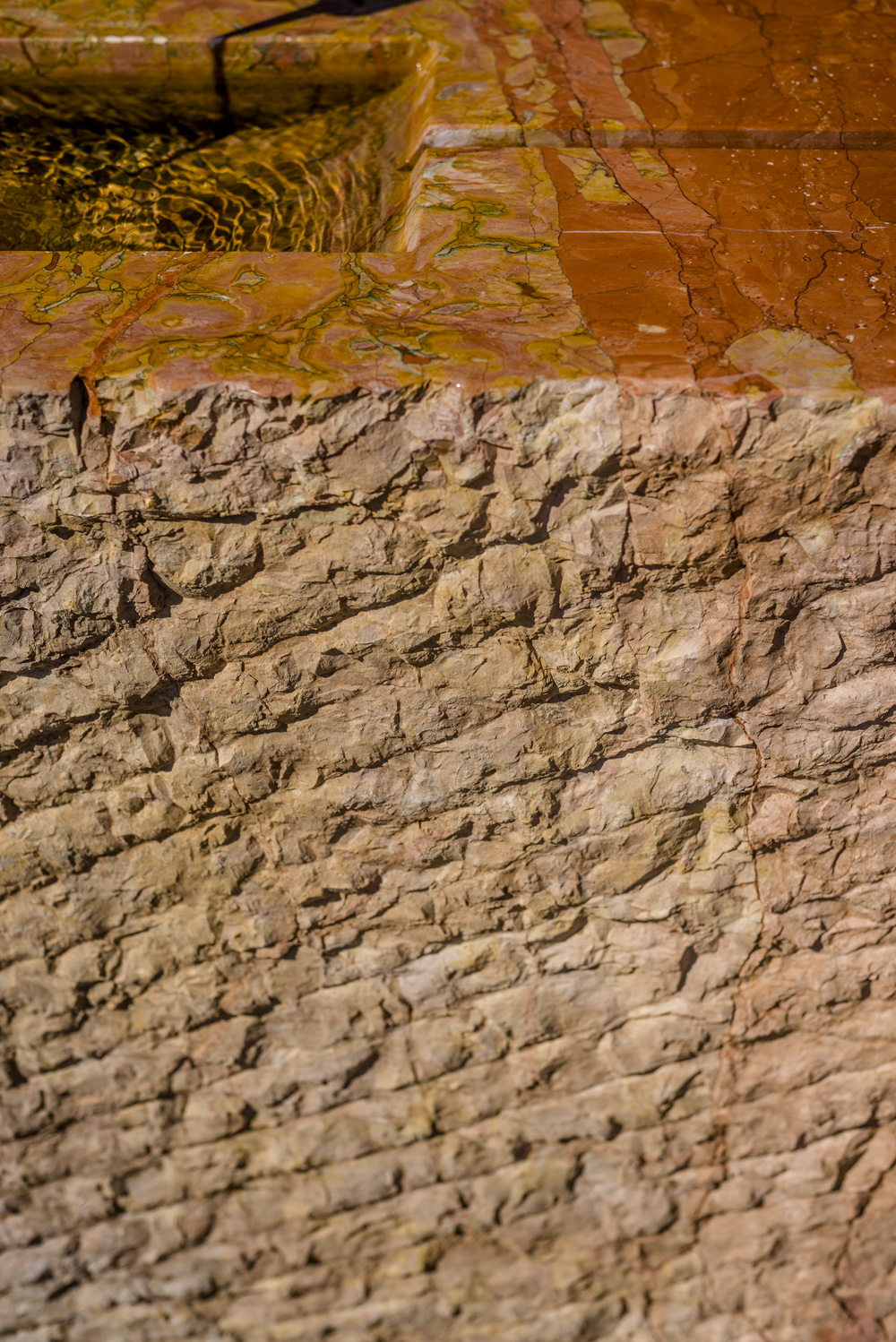
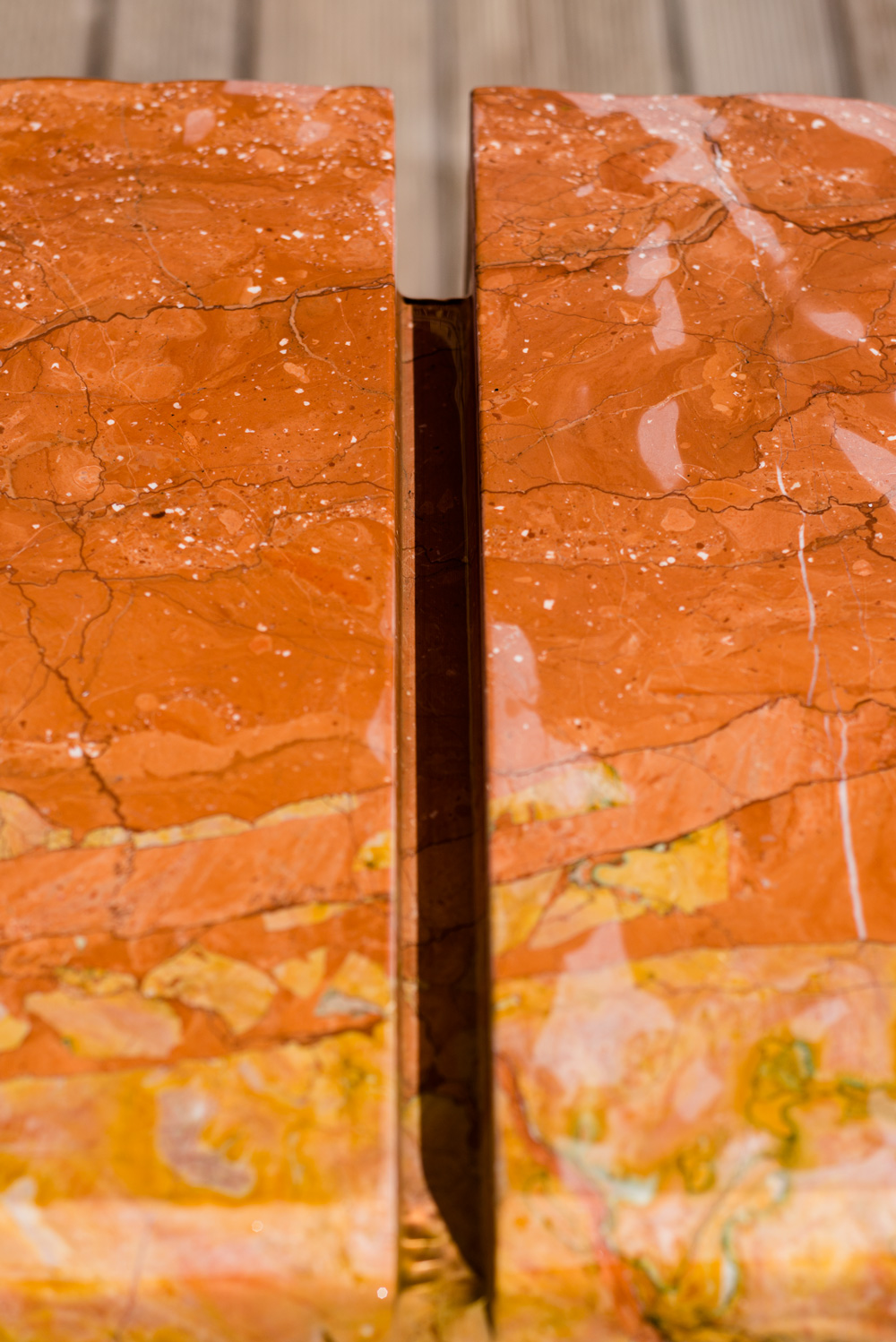
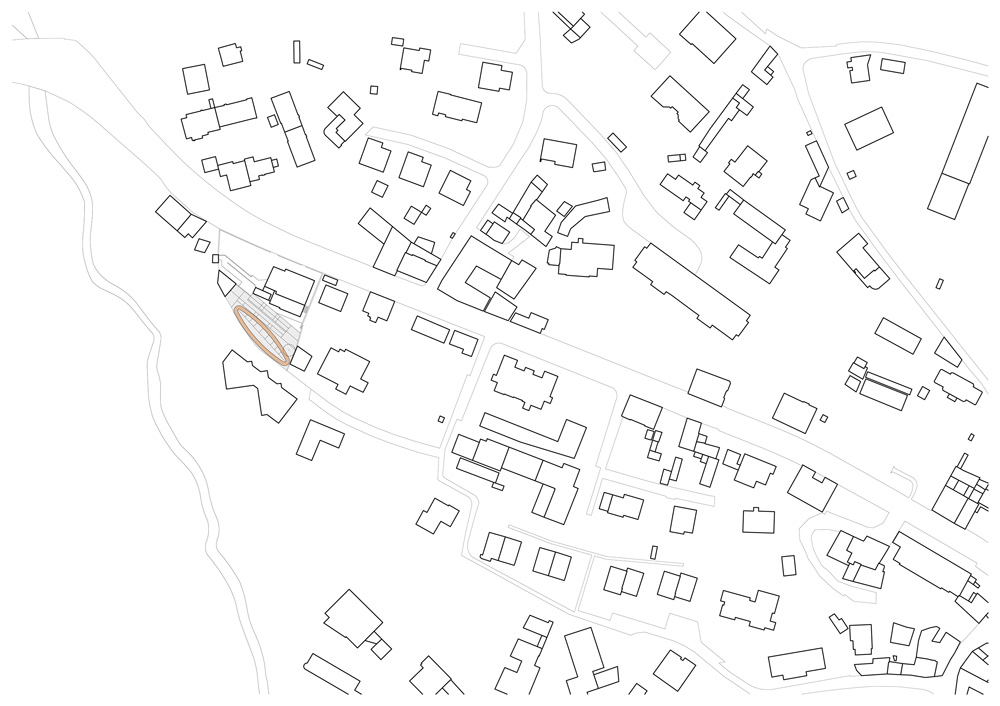
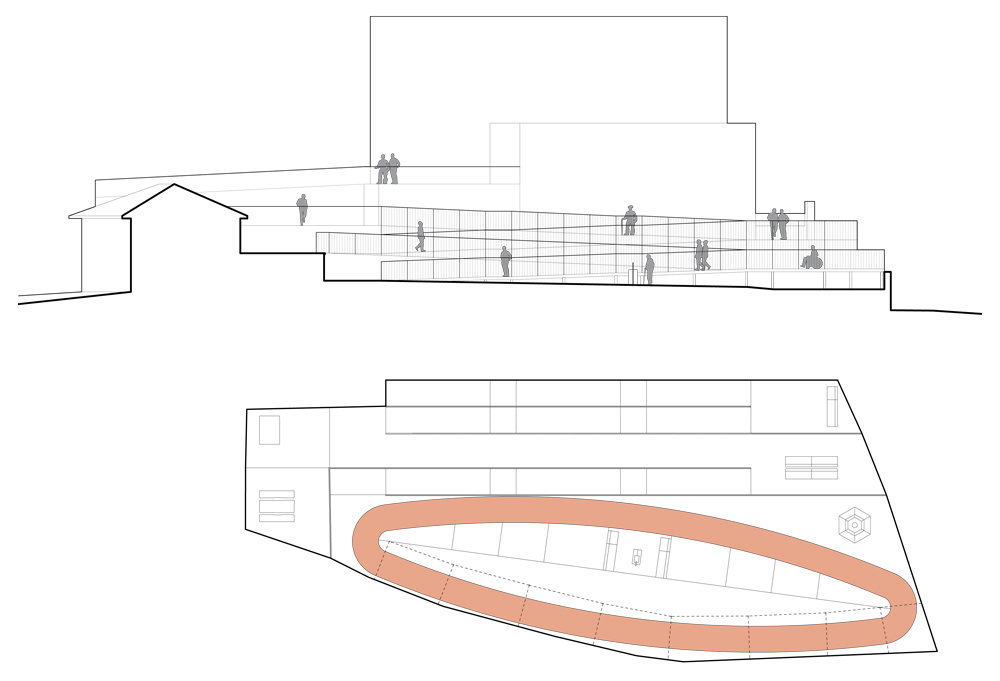
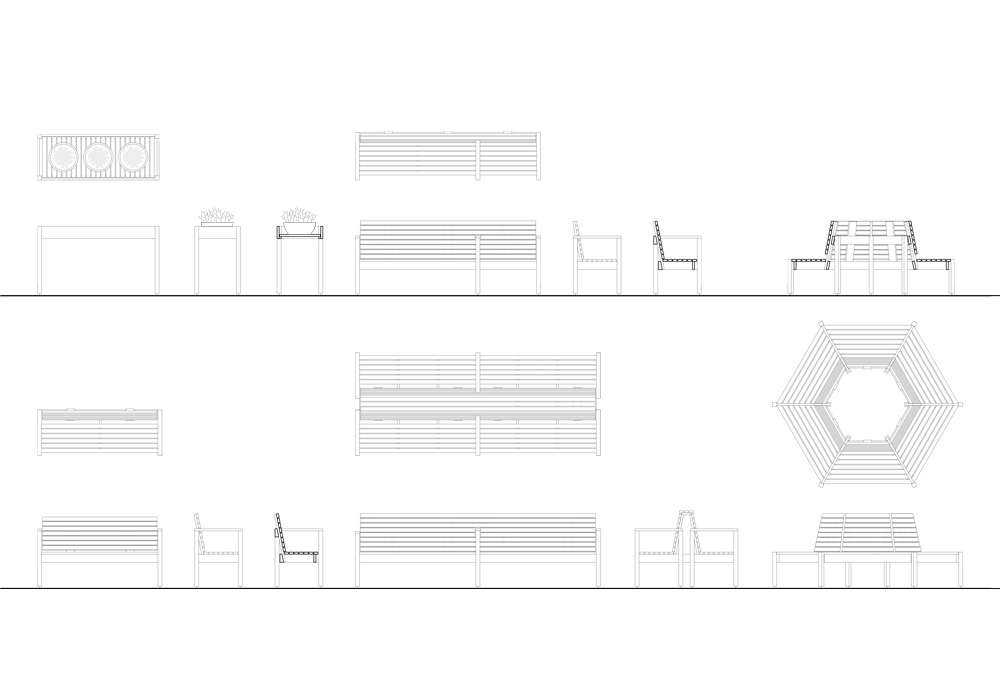

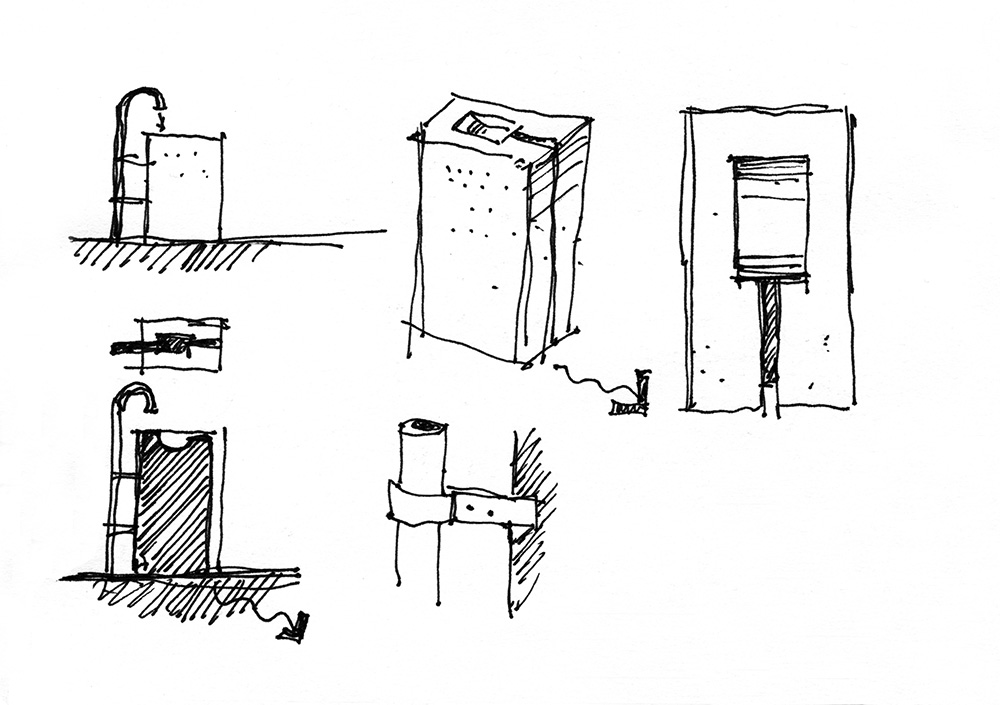
Because of this, planning an area intended for people affected by dementia or ambulation problems has to address specific requirements. The “Sensory Garden” is a recognizable and reassuring place, in which to experience a sense of freedom and relax. At the same time, it was conceived with a sensory stimulation therapeutic program in mind.
It is an open but well delimited and protected space, appearing as an accessible, simple, and tidy “normal” garden with a sense of serenity and well-being to counterbalance aggressiveness; thus, the garden becomes a therapeutic device in itself.
Closed spaces tend to cause states of anxiety; the garden allows patients to stroll safely and to satisfy the compulsive wandering that is typical of a phase of Alzheimer’s disease.
The garden of the Balerna diurnal therapeutic centre is composed of two areas with different functions and appearances: the system of ramps and the ring circuit. The system of ramps and landings connecting the building and the garden (drop of 3.20 metres), is composed of ramps 1.5 metres wide and 6 metres long. Their slope is always less than 6%, allowing disabled people to walk on them, even if unaccompanied. The ramps run parallel to a pre-existing wall. The total length of the wood-paved path is 95 metres. The 1.5-metres-module articulates the rhythm of the path. Like the ramps, handrails are made of robinia wood, and paved by planks with anti-slip fluting.
The third ramp of the path is marked, in its highest pick, by a sequence of 14 wooden tables, which compose a hanging garden of aromatic herbs (such as lavender, thyme, sage, mint, and rosemary). The edge of the table can be used as handrail, while the tables allow even wheelchair bound patients to come closer to the garden, and stimulate the senses of touch and smell. At the end of this ramp, patients can pause on a long bench, one side of which looks towards the underlying garden, and the other towards the aviary, located under the landing of the previous ramp.
The ramps’ parapets are metal frames with a metal protection net bearing a natural oxidised finishing. At every change in the direction of the ramps a different theme is developed, and the path is partitioned into differently decorated relaxing points. Two areas have been paved with stone: one is shady, paved with ancient granite sheets and furnished with a table and two stone benches; the other, on whose top stands a bronze sculpture named “The Profile of Time” and signed Salvador Dalì, is paved with coloured cement conferring it a terra-looking appearance.
At the lowest level of the garden stood an ancient iron pergola, which has been kept and restored. The ring circuit of the sensory garden is a 1.50 metres wide route. Its greater axe measures 32.7 metres, the smaller one 8 metres, while the path is 67 metres long.
Along the circuit, different clearly recognizable interest points stand out: a small place paved with wood with two benches and a fountain carved in an ancient block of Arzo marble, a tree (liqidambar stiraciflua) under which a round-shaped wood bench has been built, the pergola with different kind of climbers on it, flowerbeds full of flowers in different colours, blooming at different times of the year. The mulch around the ring circuit is made of grey gravel, so that the path, paved with artificial red stone, is clearly visible by means of chromatic opposition.
The vegetation demarcates the paths and the relaxing points, and divides the garden from the external space. The different plants used in the garden are not prickly, sharp or toxic, because often patients tend to taste everything they find around them. The garden enclosure, intertwined with vegetation, is covered by jasmine (jasminium) to give the illusion of being in an open space. Water is an important presence: patients may drink or touch it in the specifically designed fountain, and it also produces a pleasant and relaxing sound falling into the basin.
Sensory Garden – Balerna diurnal therapeutic Centre
Pro Senectute, Balerna
Project
2012- 2014
Photographs
Marcelo Villada Ortiz

The Sensory Garden was selected as a finalist for the The Plan awards 2020 in the Health contest.
Client: Pro Senectute Ticino e Moesano
Architect: Enrico Sassi
Work Management: Enrico Sassi
Collaborators: Irene Lucca, Roberta Blasi
Promoter: Rotary Club Mendrisiotto
Contractor: Camponovo SA
Garden building: Olimpio Vidal
Wood buildings: Eco 2000
Metalconstructor: Carlo Nessi
Professional green center, Mezzana: Mauro Poli professional knowledges teacher e Renato Farenga inter-company course director
Pubblications
News



